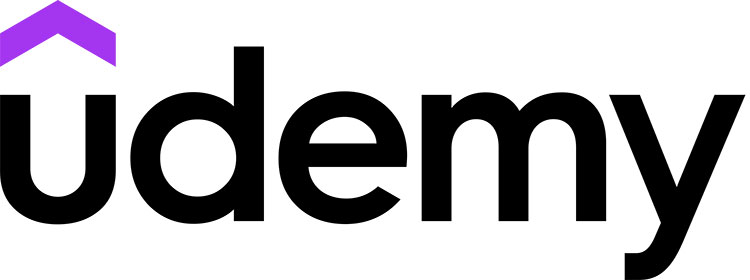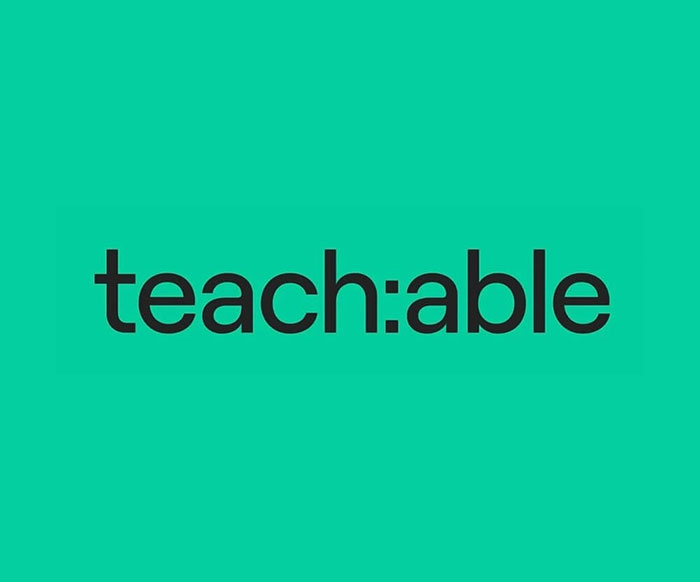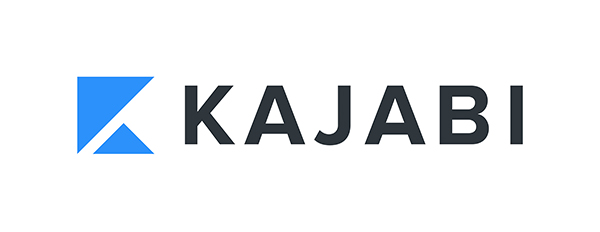Top Thinkific Competitors: Online Course Platforms
With the technological developments achieved, the field of education is rapidly digitalizing. Educational institutions and individual teachers are using digital platforms to create online courses to give students greater access and improve their learning experience. For this reason, online course platforms have also become rapidly popular in recent years. Thinkific is an online course platform that offers a set of tools for creating, managing and selling educational materials. However, Thinkific competitors with many competing platforms with similar features offered by other platforms as well. In this article, you’ll learn about Thinkific competitors.
Other online course platforms such as Udemy, Teachable, Kajabi, and LearnWorlds have similar features but offer different pricing models, features, support, and user experience. Comparing these platforms will help you determine which platform is best for you.
Different platforms have different features, pricing models, and support options. That’s why it’s important to determine which platform is best for you based on your needs and priorities. In this article, you can learn about Thinkific competitors and choose the most suitable platform by considering your own needs and priorities.
UDEMY

Udemy is an online education platform with over 35 million students worldwide and hosting more than 65,000 courses. Udemy benefits include:
Advantages of Udemy
Wide Selection of Courses: Udemy has more than 65,000 courses available in many different categories. Whether it’s language learning, software development, finance, cooking, yoga or personal development, you’re likely to find the course you’re looking for on Udemy.
Affordable Prices: Udemy offers very affordable prices compared to other online course platforms. Udemy offers frequent promotions and course prices may decrease.
Wide Network of Authors: The number of teachers teaching on Udemy is quite high. This allows you to learn from many different perspectives from different education experts.
Easy to Use: Udemy’s website and mobile app are very user-friendly. Courses are easily searched and filtered, students can follow their courses and complete their exams.
Certificates: Course providers can issue digital credentials like certificates for their courses with Udemy.
Disadvantages of Udemy
No Quality Control: Udemy does not follow a strict audit process for content quality. This means that it hosts quality courses as well as poor quality courses. Therefore, students need to be careful when choosing courses.
Courses May Not Be Updated: It is possible that some courses on Udemy have not been updated. This may cause some courses to become obsolete and no longer valid.
Limited Customization Options: Udemy’s customization options are limited compared to other platforms. Teachers have limited options for designing and customizing their own websites.
Courses May Have Limited Time: Some courses on Udemy may be of limited duration. This means students have a time limit to complete the course.
Udemy can still be a good online course platform option for many students, given its pros and cons. However, it is important for students to be careful when choosing a course and to check the quality of the course.
For students to be successful on Udemy, it is recommended that they consider reviews, ratings, and the quality of teachers to choose the right course and ensure a good learning experience. It is also recommended that students who are concerned about limited-time courses on Udemy plan to fit their learning pace and schedule.
While Udemy stands out for its wide selection of courses, affordable prices, and ease of use, it also has some disadvantages such as quality control and customization options. Therefore, it is important for students to carefully consider the advantages and disadvantages of Udemy and choose the online course platform that best suits their learning needs.
TEACHABLE

One of the most well-known platforms among thinkific competitors is Udemy. Teachable is a popular option for educators looking to build their own online course platform. So, what are the advantages and disadvantages of Teachable?
Advantages of Teachable
Customization Options: Teachable offers many customization options that allow users to create customized course sites to suit their brand.
Payment Integration: Teachable integrates with popular payment processors such as Stripe and PayPal to facilitate student payment processing.
Flexible Course Structure: Teachable allows you to organize lessons into modules. It also provides a completely their own learning experience, allowing students to progress at their own pace.
Teacher Tools: Teachable offers many teacher tools that allow teachers to monitor their students’ progress, create quizzes, and more.
Disadvantages of Teachable
Pricing: Teachable’s pricing can be high for small-scale educators. The high prices can make the platform difficult for beginner educators to use.
Limited Integrations: Teachable offers limited integrations to integrate with other online platforms. This may limit students’ reach to a wider audience.
Limited Course Formats: Teachable offers limited course formats such as video and PDF lessons. This can limit students’ ability to diversify their learning experiences.
Teachable can be a good option for educators who want to create an online course. However, pricing can be high based on student numbers and teacher needs. It is also limited in integration options and course formats.
KAJABİ

Kajabi is the most preferred platform among thinkific competitors. Kajabi is a popular software system that serves as a platform for online courses, websites, and digital sales. So, does Kajabi have advantages and disadvantages?
Advantages of Kajabi
Full Integration: Kajabi combines your online courses, website, email marketing and product sales in one platform.
Customization Options: Kajabi offers many customization options that allow communities to create used course sites to suit their brand.
Multiple Course Formats: Kajabi offers teachers a variety of course formats including video, audio, PDF live, broadcast, and more. This allows them to offer children a more diverse learning experience.
High-Quality Teacher Tools: Kajabi offers high-quality teacher tools that allow them to track their students’ progress, find quizzes, and more.
Disadvantages of Kajabi
Pricing: Kajabi can be highly priced for educators with a small guess. There may be platform usage guidelines for beginner educators.
Higher Education Curve: Kajabi comes with a high learning flow that requires them to fully understand the features of the executive platform.
Limited Integrations: Kajabi provides limited options for integrating with other platforms. This may limit students’ reach to a wider audience.
Density: Some parts of Kajabi may be slow due to high hardware user loads.
Kajabi can be a powerful option for educators looking to create online courses. However, the platform’s hefty pricing and learning movement can be a challenge for educators with a small mouth. In addition, limited integrations and configuration issues also have some disadvantages. Kajabi is one of the best among the thinkific competitors.
LEARNWORLDS

LearnWorlds is a popular software system that serves as a platform for selling online courses, websites, and digital products. So, what are the advantages and disadvantages of LearnWorlds?
Advantages of LearnWorlds
Customization Options: LearnWorlds offers many customization options that allow teachers to create customized course sites to suit their brand.
Content Creation Tools: LearnWorlds offers a wealth of content creation tools that allow teachers to create high-quality learning materials.
Interactive Learning Tools: LearnWorlds offers interactive learning tools that allow teachers to monitor their students’ progress, broadcast live, and more.
Pricing: LearnWorlds offers a more affordable option than other platforms. It can also be used as a beginner for small-scale educators.
Disadvantages of LearnWorlds
Limited Integrations: LearnWorlds provides limited options for integrating with other platforms. This may limit students’ reach to a wider audience.
Lack of Teacher Tools: LearnWorlds does not offer high quality teacher tools like other platforms. Some tools are missing that allow teachers to create quizzes or monitor students’ progress.
Slownesses: LearnWorlds may slow down in some cases due to high user traffic.
LearnWorlds is one of the best sites among the thinkific competitors. LearnWorlds can be an affordable and customizable option for educators looking to create online courses. However, limited integrations and lack of teacher tools can create some disadvantages. Also, there may be a slowdown problem due to high-density user traffic.
Thinkific Competitors Comparison Chart
| Platforms | Features | Support and User Experience |
| Thinkific | Customizable site design, interactive learning tools, integrations, payment processors, marketing tools, reporting tools | Live chat, email support, dedicated support options, comprehensive help center |
| Udemy | Large course library, international student body, customization options, integrations, payment processors, marketing tools | Support center for teachers, support center for students, email support |
| Teachable | Customizable site design, interactive learning tools, integrations, payment processors, marketing tools, reporting tools | Live chat, email support, dedicated support options, comprehensive help center |
| Kajabi | Customizable site design, interactive learning tools, integrations, payment processors, marketing tools, reporting tools, website building tools | Live chat, email support, phone support, dedicated support options, comprehensive help |
Creating a comparison chart is one of the best ways to compare online course platforms. Below is a comparison chart on the features, pricing models, support and user experience of Thinkific competitors, Udemy, Teachable, Kajabi, and LearnWorlds:
Which platform is best for you depends on your needs and priorities. However, there are some factors to consider when choosing:
Your Needs: First, you need to determine which platform best suits your needs. For example, you may need to decide based on the type of your study materials, the number of students, and other needs.
Price: Price is an important factor in your choice. Different platforms have different pricing models, so you should choose the one that fits your budget.
Customization options: Platforms are available with many customization options that allow teachers to create customized course sites for their brand. This can help increase your brand awareness.
Content creation tools: It’s important to choose a platform that offers good content creation tools to create your course materials.
Support and user experience: It is also important that the platform you choose offers a user-friendly interface and sufficient support.
In general, you need to consider your needs, pricing models, customization options, content creation tools, and support/user experience when choosing. However, these comparisons and factors can only provide a general idea, it is important to consider your own specific needs when choosing.
You can start by choosing the one that suits you best among the Thinkific competitors.



